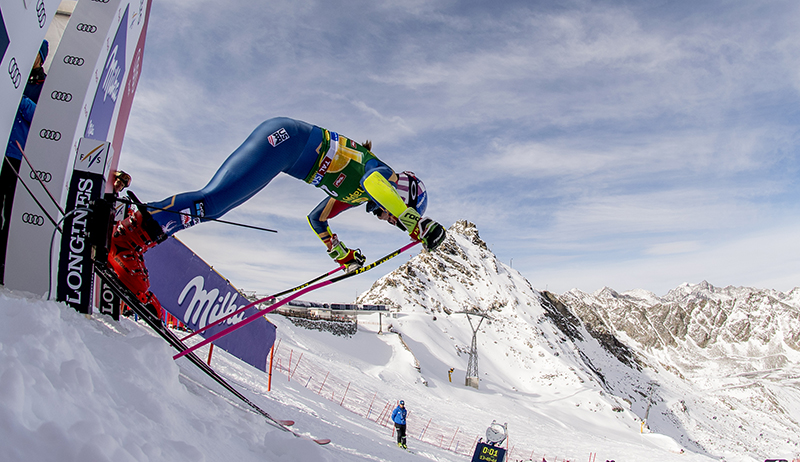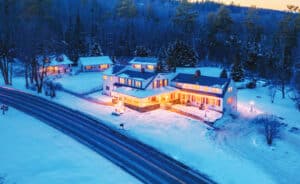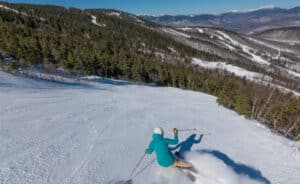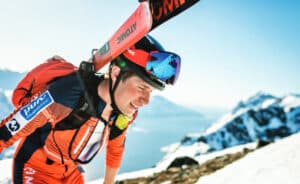
KILLINGTON, Vermont — It’s the early part of Mikaela Shiffrin’s seventh year on the World Cup circuit, and at 22 years old aiming at her second Olympics, there was a buzz going around the ski racing world. More of a whispered question.
Is Shiffrin, universally acknowledged as the foremost technical skier in the world, finally coming down to earth a bit? Or is the rest of the women’s ski world catching up to her?
The reason this question arose comes from the start of this season when the one-time Burke Mountain Academy student headed over to the Molltal Glacier in Austria to prepare for the season opener, a giant slalom in Sölden. The day before the race, the International Association of Ski Journalists presented her with a trophy as Ski Racer of the Year, only the third time an American has been so honored. Only Bode Miller and Lindsey Vonn have won this trophy, placing Shiffrin in very rarified air, especially for her age.
But some undoubtedly were wondering if the big award had jinxed her, for next day on a rutted course, Shiffrin placed second in the first run, then hit soft snow at the steep face on the second run, nearly fell, but recovered to finish off the podium with a fifth.



